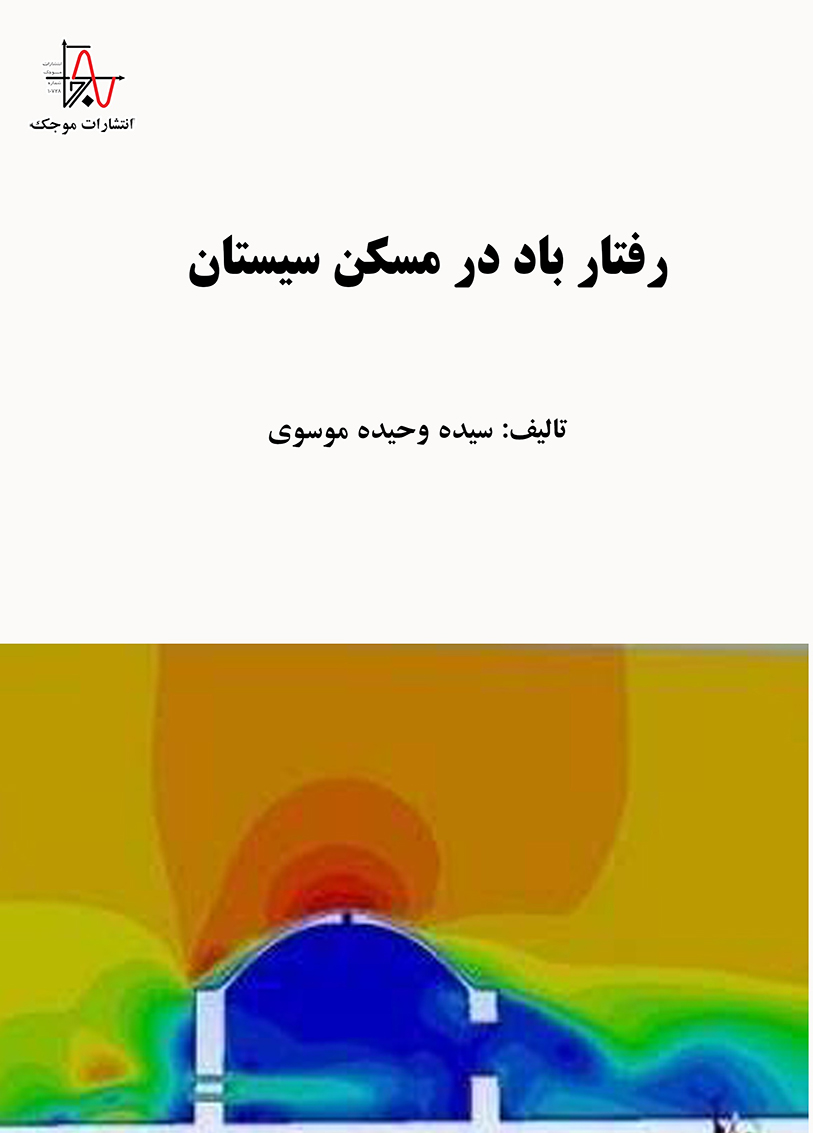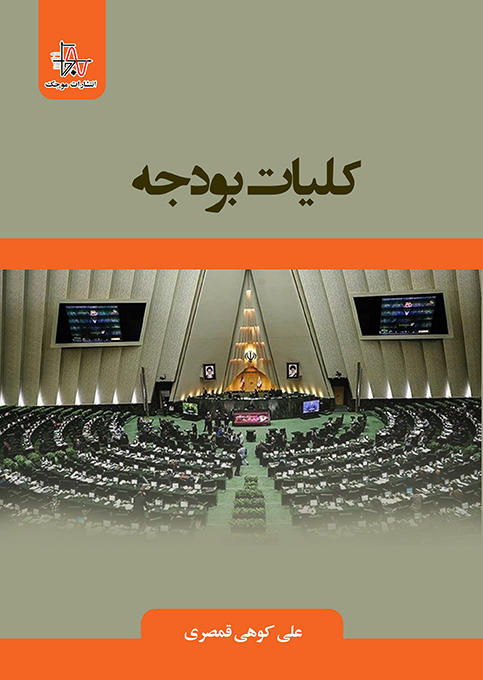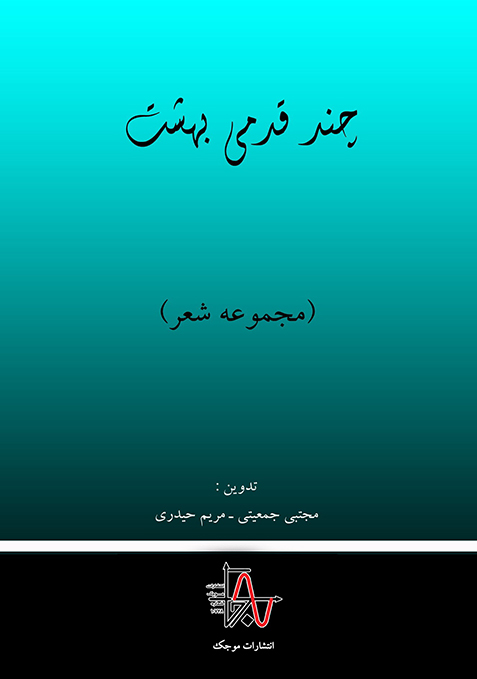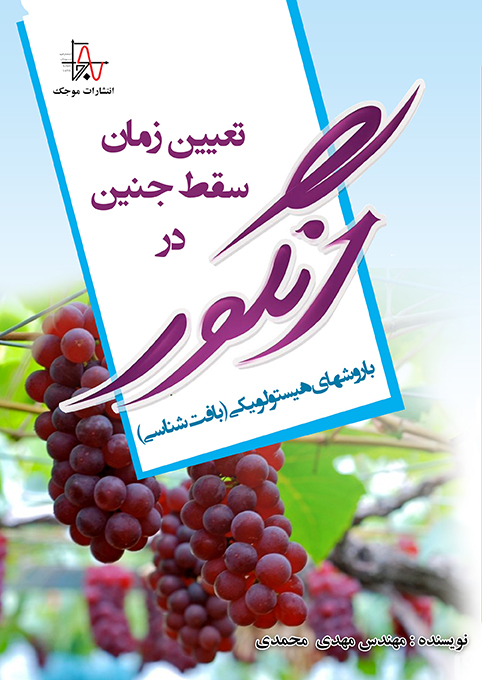ناشر : انتشارات موجک
کد کتاب : M772
عنوان : رفتار باد در مسکن سیستان
تالیف : سیده وحیده موسوی
مشخصات ظاهری : ۲۳۴ صفحه، قطع وزیری
چاپ اول : بهار ۱۴۰۱، تيراژ : ۵۰۰ جلد
قيمت : ۳۱۳۰۰۰۰ ريال، شابک : ۹-۴۴۳-۹۹۴-۶۰۰-۹۷۸
حقوق چاپ و نشر برای ناشر محفوظ است.
————————————————————————————————————————————————————————————————————————–






نقد و بررسیها
هیچ دیدگاهی برای این محصول نوشته نشده است.